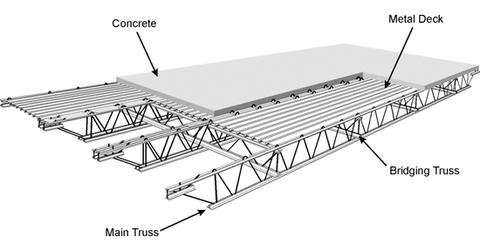28. Why didn't NIST consider a "controlled demolition" hypothesis with matching computer modeling and explanation like it did for the "pancake theory" hypothesis?
NIST conducted an extremely thorough three-year investigation that included consideration of a number of hypotheses for the collapses of the WTC towers.
Some 200 technical experts—including about 85 career NIST experts and 125 leading experts from the private sector and academia—reviewed tens of thousands of documents, interviewed more than 1,000 people, reviewed 7,000 segments of video footage and 7,000 photographs, analyzed 236 pieces of steel from the wreckage, performed laboratory tests, and created sophisticated computer simulations of the sequence of events that occurred from the moment the aircraft struck the towers until they began to collapse.
Based on its comprehensive investigation, NIST concluded that the WTC towers collapsed according to the scenario detailed in the response to Question 11.
NIST's findings do not support the "pancake theory" of collapse, which is premised on a progressive failure of the floor systems in the WTC towers (the composite floor system—that connected the core columns and the perimeter columns—consisted of a grid of steel "trusses" integrated with a concrete slab; see diagram). Instead, the NIST investigation showed conclusively that the failure of the inwardly bowed perimeter columns initiated collapse and that the occurrence of this inward bowing required the sagging floors to remain connected to the columns and pull the columns inwards. Thus, the floors did not fail progressively to cause a pancaking phenomenon.

Diagram of the Composite WTC Floor System
NIST's findings also do not support the "controlled demolition" theory since there is conclusive evidence that:
- the collapse was initiated in the impact and fire floors of the WTC towers and nowhere else, and;
- the time it took for the collapse to initiate (56 minutes for WTC 2 and 102 minutes for WTC 1) was dictated by (1) the extent of damage caused by the aircraft impact, and (2) the time it took for the fires to reach critical locations and weaken the structure to the point that the towers could not resist the tremendous energy released by the downward movement of the massive top section of the building at and above the fire and impact floors.
Video evidence also showed unambiguously that the collapse progressed from the top to the bottom, and there was no evidence (collected by NIST or by the New York City Police Department, the Port Authority Police Department, or the Fire Department of New York) of any blast or explosions in the region below the impact and fire floors as the top building sections (including and above the 98th floor in WTC 1 and the 82nd floor in WTC 2) began their downward movement upon collapse initiation.
In summary, NIST found no corroborating evidence for alternative hypotheses suggesting that the WTC towers were brought down by controlled demolition using explosives. NIST also did not find any evidence that missiles were fired at or hit the towers. Instead, photographs and videos from several angles clearly show that the collapse initiated at the fire and impact floors and that the collapse progressed from the initiating floors downward until the dust clouds obscured the view.

